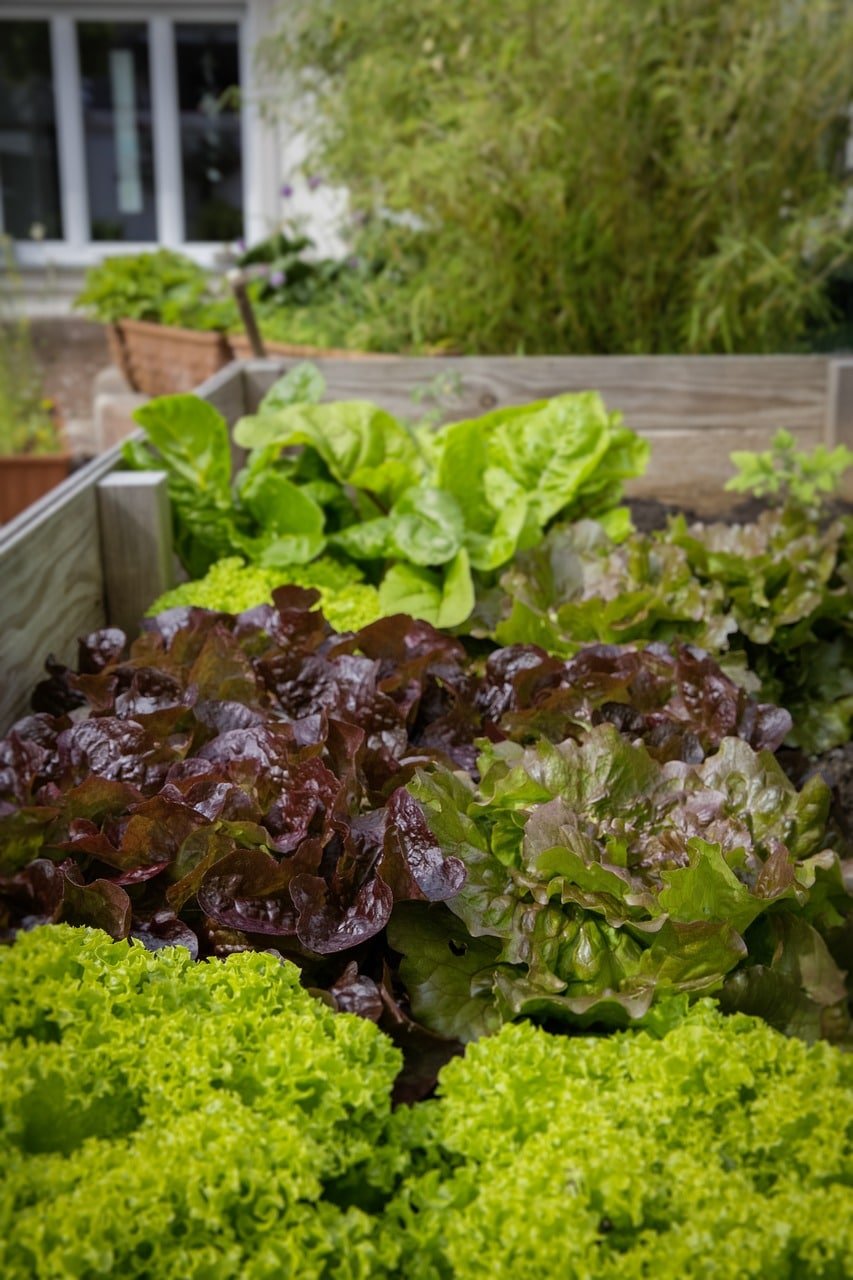Urban wildlife gardening is an exciting and rewarding way to create green spaces that support local wildlife while beautifying urban areas. Whether you have a sprawling backyard, a small patio, or even just a windowsill, you can contribute to urban biodiversity. This guide will walk you through the essentials of urban wildlife gardening, offering tips and tricks to transform your space into a haven for local flora and fauna.
Why Urban Wildlife Gardening?
Urban wildlife gardening provides numerous benefits, including:
- Biodiversity: Creating habitats for various species helps maintain ecological balance.
- Pollination: Attracting pollinators like bees and butterflies supports plant reproduction and food production.
- Mental Health: Green spaces have been proven to reduce stress and improve overall mental well-being.
- Community: Enhancing urban areas with green spaces fosters a sense of community and encourages outdoor activities.
Getting Started
1. Assess Your Space
- Size and Sunlight: Determine the size of your garden and the amount of sunlight it receives. This will influence the types of plants you can grow.
- Soil Quality: Test the soil to understand its composition and pH level. You may need to amend the soil to suit your chosen plants.
2. Plan Your Garden
- Design: Sketch a layout of your garden, considering the placement of plants, water features, and other elements.
- Native Plants: Choose native plants that are adapted to your local climate and soil conditions. These plants require less maintenance and provide the best resources for local wildlife.
Plant Selection
1. Trees and Shrubs
- Food and Shelter: Trees and shrubs provide essential food and shelter for birds, insects, and small mammals. Examples include dogwood, hawthorn, and oak.
- Berry-Producing Plants: Plants like elderberry and serviceberry offer food for birds and other wildlife.
2. Flowers and Perennials
- Pollinators: Select flowers that attract pollinators. Coneflowers, asters, and milkweed are excellent choices for bees, butterflies, and other pollinators.
- Seasonal Blooms: Plant a variety of species that bloom at different times of the year to provide continuous food sources.
3. Ground Cover and Grasses
- Habitat: Native grasses and ground covers like clover and sedges offer shelter and nesting materials.
- Erosion Control: These plants help prevent soil erosion and improve soil health.
Water Features
1. Ponds and Water Gardens
- Habitat: Ponds provide a habitat for amphibians, insects, and birds. Include native aquatic plants to support the ecosystem.
- Maintenance: Keep the water clean and free from pollutants to maintain a healthy environment.
2. Bird Baths and Water Sources
- Accessibility: Ensure water sources are shallow and easily accessible to a variety of wildlife.
- Cleanliness: Regularly clean and refill bird baths to prevent the spread of disease.
Wildlife Shelters
1. Birdhouses and Nesting Boxes
- Variety: Provide different types of birdhouses to accommodate various species. Place them at different heights and locations.
- Safety: Ensure birdhouses are safe from predators and harsh weather conditions.
2. Insect Hotels
- Pollinators and Beneficial Insects: Create insect hotels using natural materials like bamboo, wood, and straw. These structures offer shelter for bees, ladybugs, and other beneficial insects.
3. Logs and Rock Piles
- Habitat: Piles of logs and rocks create habitats for reptiles, amphibians, and small mammals. Place them in shaded areas to provide cool, moist environments.
Sustainable Practices
1. Organic Gardening
- Chemical-Free: Avoid using pesticides and herbicides. Opt for natural pest control methods and organic fertilizers.
- Composting: Use compost to enrich the soil and promote healthy plant growth.
2. Water Conservation
- Rainwater Harvesting: Collect rainwater in barrels to water your garden.
- Mulching: Use mulch to retain soil moisture and reduce water evaporation.
3. Native Plant Restoration
- Habitat Restoration: Restore native plant habitats to support local wildlife. Remove invasive species that can harm the ecosystem.
Community Engagement
1. Education and Outreach
- Workshops: Organize workshops to educate the community about urban wildlife gardening.
- School Programs: Partner with local schools to create wildlife gardens and teach children about ecology and conservation.
2. Community Gardens
- Collaborative Efforts: Work with neighbors to create community gardens that benefit both people and wildlife.
- Shared Resources: Pool resources and knowledge to maximize the impact of your efforts.
Challenges and Solutions
1. Limited Space
- Vertical Gardening: Use walls, fences, and trellises to grow climbing plants and install vertical gardens.
- Container Gardening: Utilize pots and containers to grow a variety of plants, which can be placed on balconies, patios, and windowsills.
2. Pollution
- Plant Selection: Choose plants that are tolerant of urban pollution, such as hardy shrubs and trees.
- Air Quality Improvement: Plant species known for their air-purifying qualities, such as spider plants and peace lilies, to help mitigate pollution.
3. Pest Control
- Natural Predators: Attract natural predators like birds and beneficial insects to help control pests.
- Companion Planting: Use companion planting techniques to repel pests and encourage healthy plant growth.
4. Climate Change
- Drought-Tolerant Plants: Incorporate drought-tolerant plants that can withstand changing weather patterns.
- Water Management: Implement efficient watering systems, such as drip irrigation, to conserve water.
Tips for Success
1. Patience and Persistence
Urban wildlife gardening is a long-term commitment. It takes time for plants to establish and for wildlife to discover and utilize the space. Be patient and persistent in your efforts.
2. Observation and Adaptation
Regularly observe your garden to see what works and what doesn’t. Be ready to adapt your plans based on the behavior and needs of the wildlife visiting your garden.
3. Education and Learning
Continuously educate yourself about the best practices in wildlife gardening. Join local gardening groups, attend workshops, and stay updated with the latest research and techniques.
4. Community Involvement
Engage with your community to share knowledge, resources, and experiences. Collaborative efforts can lead to larger and more impactful urban wildlife gardening projects.
Future of Urban Wildlife Gardening
As cities continue to grow, the importance of urban wildlife gardening will only increase. Future trends may include:
1. Smart Gardening Technology
- IoT Devices: Use Internet of Things (IoT) devices to monitor soil moisture, temperature, and other environmental factors.
- Automated Systems: Implement automated watering and fertilizing systems to optimize plant health and resource use.
2. Integrative Urban Planning
- Green Infrastructure: Incorporate green roofs, walls, and corridors into urban planning to create continuous habitats for wildlife.
- Policy Support: Advocate for policies that support urban wildlife gardening, such as incentives for green building practices and community garden programs.
3. Citizen Science and Biodiversity Monitoring
- Data Collection: Encourage community members to participate in citizen science projects to monitor local biodiversity.
- Wildlife Mapping: Use apps and online platforms to map and track wildlife sightings, contributing to conservation efforts.
Conclusion
Urban wildlife gardening is a fulfilling way to contribute to environmental conservation and enhance urban living spaces. By creating habitats that support local wildlife, you can make a significant impact on biodiversity and the health of your community. Start small, plan carefully, and enjoy the beauty and benefits of your urban wildlife garden.
Discover more from EMMOCEB
Subscribe to get the latest posts sent to your email.






